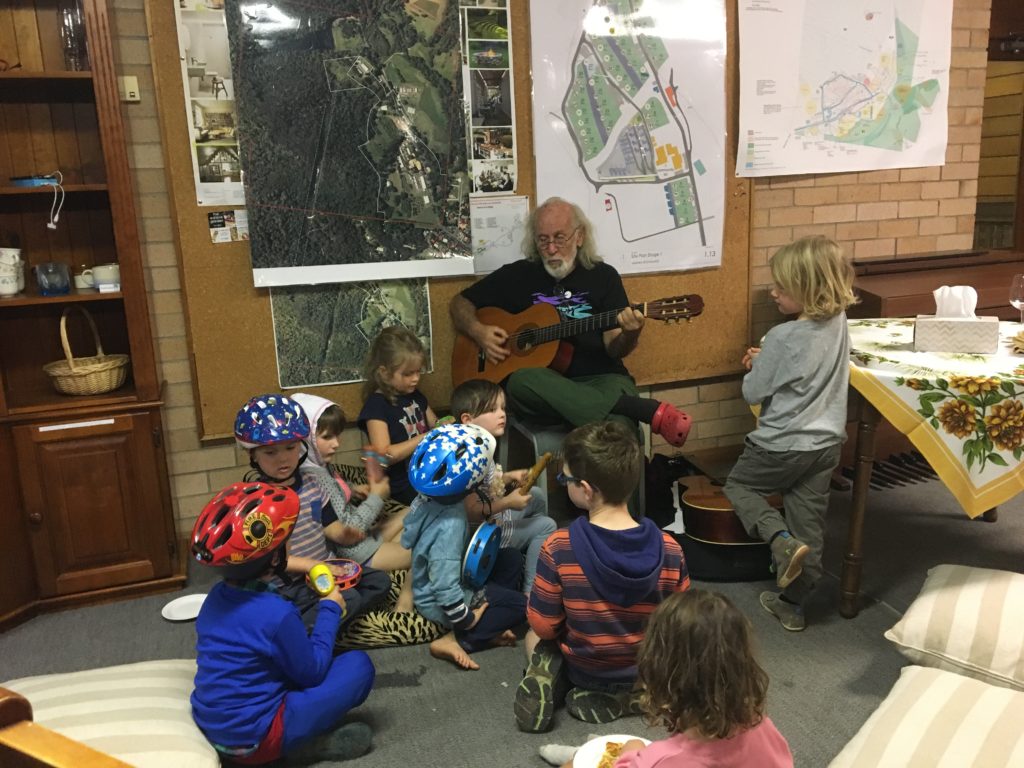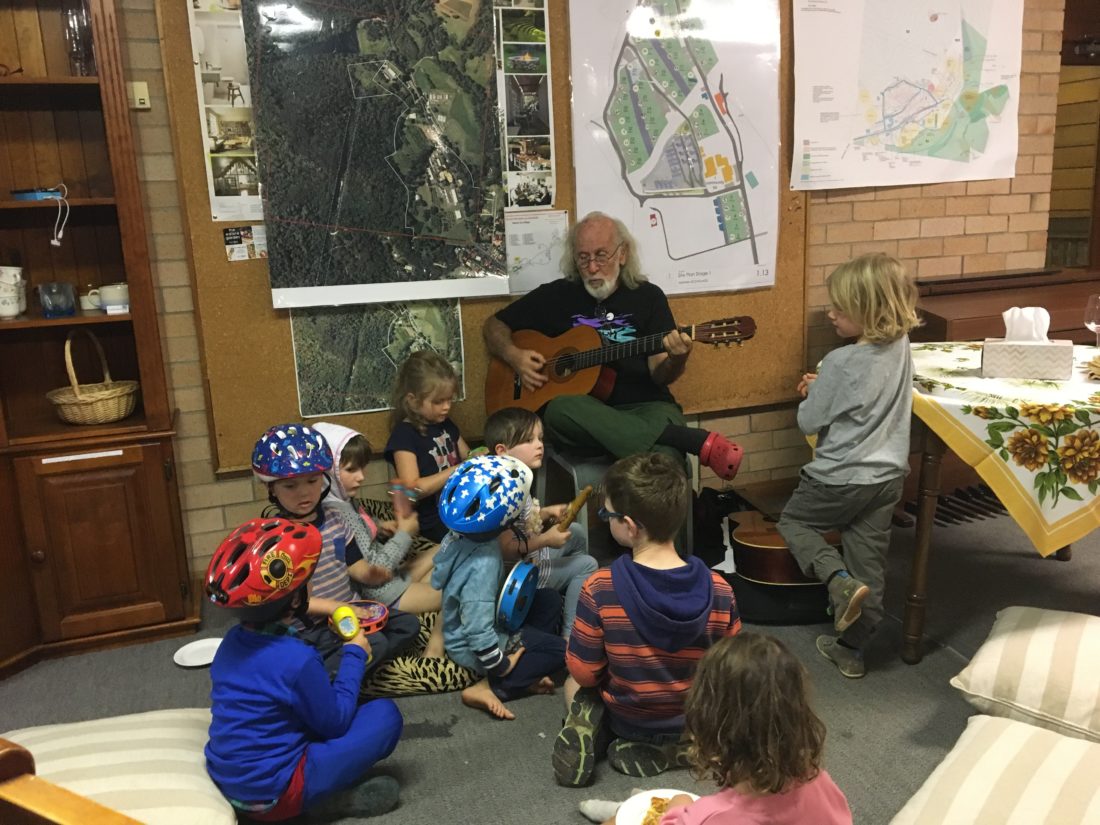Cohousing is a model of residential light footprint planning that blends private space with shared resources. It originated in Denmark in the 1960’s and was adopted enthusiastically in America and the UK. Interest is now growing in Australia and innovative housing projects in both urban and rural environments, are drawing on the core elements of successful cohousing developments around the world.
The spatial planning of a traditional cohousing precinct encourages social interconnectedness with detached or conjoined dwellings built close together facing a central shared garden or courtyard. The optimal size is generally considered to be a group of 25-35 households. Front doors open onto paths, gardens and play spaces while vehicles (often shared) and fenced areas are at the back.
Cohousing design incorporates a Common House or common areas within a multi-use building. The Common House, if separate, is often the visual focus of the layout. It is both the social hub and practical adjunct to the private dwellings. While cooking, sleeping, showering etc are all available in the privacy of each residence, the Common House enables everyone to celebrate and share together. There will be somewhere to cook and eat, plus options such as laundry, guest accommodation, games room, tool shed, art studio or other spaces to meet the needs of residents.

Narara Ecovillage integrates the social, economic and environmental benefits of the cohousing model in creative ways. In Stage 1 the unique cluster development of 18 units uses a very small land footprint. It is close to existing community amenities at the heart of the ecovillage.
Our Stage 2 Master Plan incorporates a sector demonstrating a more classic cohousing layout with a Common House and small lots around a central open green space. There are no fences between houses and pathways through community gardens lead to the extensive land of the Narara Valley for which all ecovillage members share responsibility.
We practice the cohousing principles of collaborative decision-making, reduced consumption, sharing resources and supporting one another in our community values as well as our governance and decision-making.

